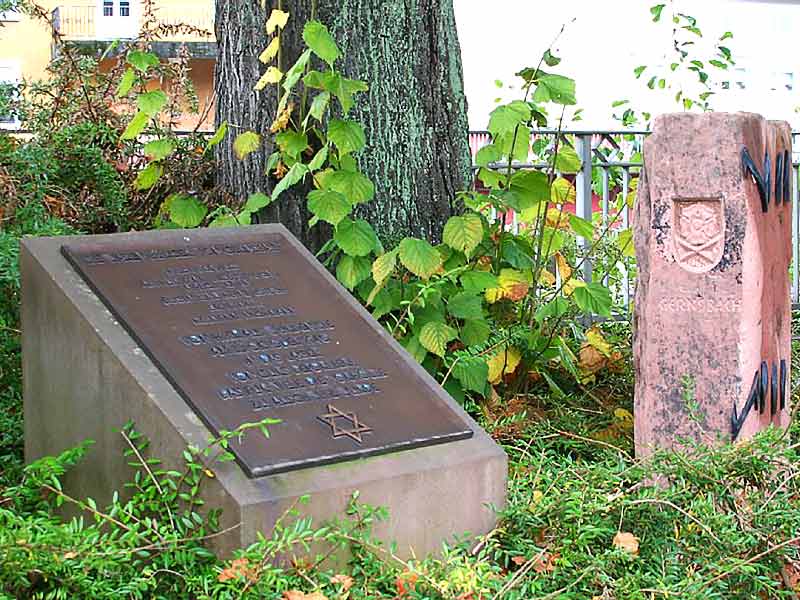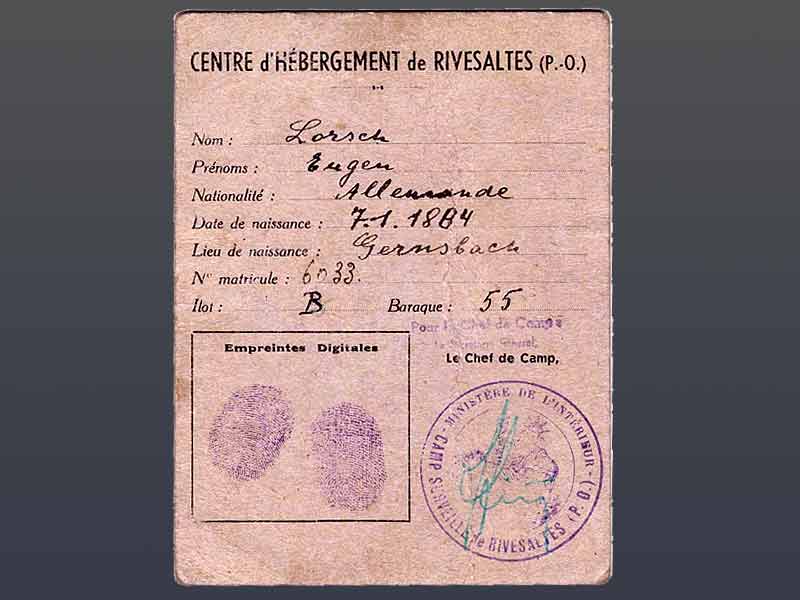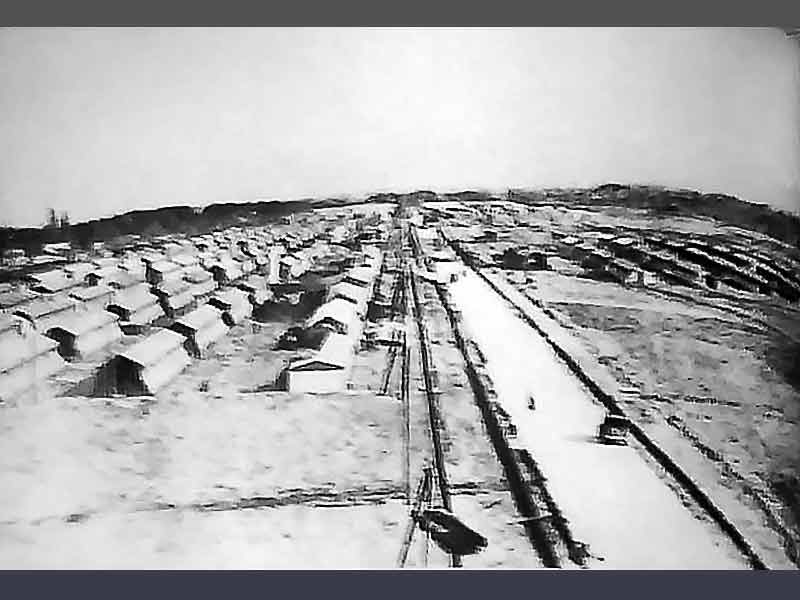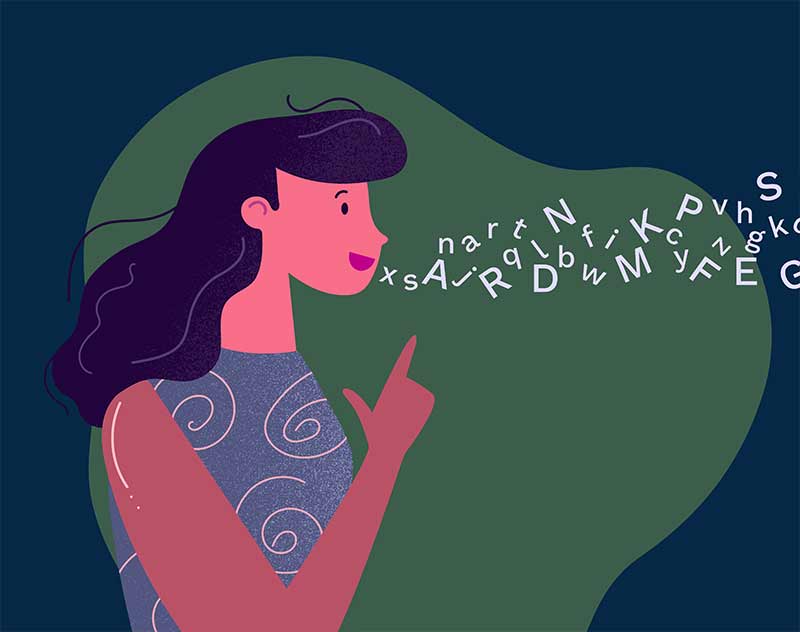Zum Gedenken an die jüdischen Mitbürger
Die beiden Gedenksteine an der Stadtbrücke erinnern an die Deportation der letzten neun Gernsbacher jüdischen Glaubens am 22. Oktober 1940. An diesem Tag wurden in Baden und der Pfalz die noch verbliebenen Juden durch das NS-Regime in das Lager Gurs in den französischen Pyrenäen verschleppt.
Betroffen von dem Gewaltakt waren die folgenden Gernsbacher:
Hilda Dreyfuß (Jg. 1899), ermordet in Auschwitz
Arthur Kahn (Jg. 1887), 1941 umgekommen im Lager Rivesaltes
Erna Kahn (Jg. 1895), ermordet in Auschwitz
Lieselotte Kahn (Jg. 1931), vom jüdischen Kinderhilfswerk OSE gerettet und versteckt
Margit Kahn (Jg. 1935), vom jüdischen Kinderhilfswerk OSE gerettet und versteckt
Eugen Lorsch (Jg. 1884), 1941 umgekommen im Lager Rivesaltes
Heinz Lorsch (Jg. 1925), 1942 geflohen zur Résistance
Berta Marx (Jg. 1895), ermordet in Auschwitz
Hermann Nachmann (Jg. 1867), 1942 umgekommen im Lager St. Gaudens
Die linke Gedenktafel mit den Namen der Deportierten wurde im Jahr 2000 von der Stadt Gernsbach errichtet. Die rechte Skulptur entstand 2008 auf Initiative der Firmgruppen der katholischen Gemeinde und der Konfirmandengruppe der evangelischen Gemeinde. Es handelte sich um ein ökumenisches Projekt der Tagungsstätte der evangelischen Jugend in Neckarzimmern. Hier steht aus den 137 badischen Deportationsorten jeweils ein Gedenkstein, der Zwilling befindet sich am jeweiligen Ort, in Gernsbach an der Stadtbrücke.
Die Skulptur zeigt neben dem Gernsbacher Stadtwappen und einer Sonnenblume ein stilisiertes Floß. Es steht für die jahrhundertealte Flößertradition und symbolisiert die Bürgergemeinschaft, die sich aus verschiedenen, mit Flößerhaken verbundenen Stämmen zusammensetzt. Die Haken links greifen ins Leere, dort fehlt der Stamm der jüdischen Mitbürger.
Alljährlich am 22. Oktober gedenkt der Arbeitskreis Stadtgeschichte den Opfern der Deportation und darüber hinaus der gesamten jüdischen Gemeinde.
 Mobile
Mobile










